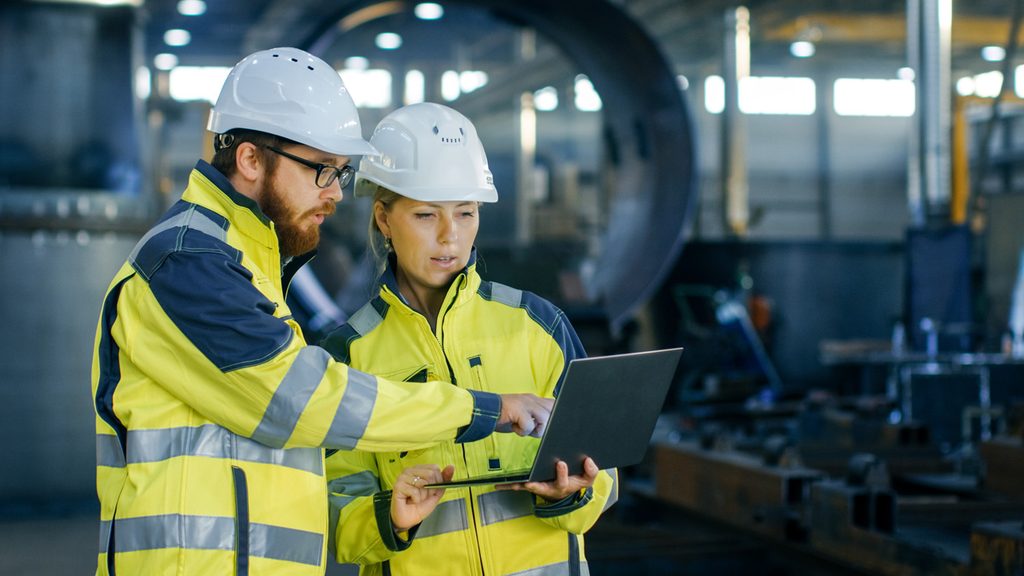
The 20th and 21st centuries have seen more transformative technological developments than that of any before them. Many have had their benefits, with the industrial revolution in particular standing as a turning point for humanity in terms of progression, opportunity, and living standards.
However, it is also true that some of the technologies we have welcome in our lives directly damage the environment and contribute to what we now know as the climate crisis.
While technology cannot solely be blamed it is fair to say our development as a species, the technologies that have advanced us, and global warming, are very much tangled together.
Going forward, can technology and sustainability co-exist? Can technology, which some consider the demise of the environment, now be used as a route to recovery?
Imagining a sustainable future
Many might feel unsure of what the future looks like. It seems currently the world has several possibilities at hand, some less desirable than others. One thing we can be certain about however, is we must take an active role in ensuring our future is a sustainable one, to maintain and protect our ways of life, and the planet itself.
This means making changes on a small and large scale. For example, changing how we consume and opting for cleaner, less damaging energy sources. Also, using data and sensors to be more efficient. For example, how we farm and grow food, use transportation, or heat our homes.
The United Nations and individual countries have laid out goals, climate agreements, and targets to tackle climate change and set us up for a sustainable future. One key project is Agenda 2030. The agenda’s 17 global goals for sustainable development address inequalities, poverty, peace and justice, and the climate crisis.
To make Agenda 2030 a reality, and secure a safe future for all, it is important to recognise that technology and sustainability go hand in hand. Many of the goals laid out in the agenda heavily rely on new and emerging technologies, for example, IoT technology.
Sustainability and the IoT (Internet of Things)
IoT solutions are used everywhere in everyday life and industries to improve inefficient systems and behaviours. Namely, things that cause damage to the environment, consume a lot of energy, or produce a lot of waste.
Take the transport industry for example. A vital pillar in society that keeps necessary food and medicine supplies going and on the move. During the pandemic and lockdown in 2020 for example, its crucialness became more apparent than ever.
However, this industry is also a large contributor to carbon emissions, as companies use fuel and burn carbon in colossal quantities. Certainly, transport and logistics operations cannot simply stop overnight to cut carbon, however, smart IoT solutions can be adopted to minimise their impact.
Telematics and smart tracking technology use IoT to gather data on vehicles while they are in transit. Everything from how much fuel is being used, to the distanced travelled, or route taken. With this data, transport companies are informed on how to operate more efficiently, cutting the miles travelled and fuel used.
By adopting technology into transport business practices, a fairly damaging can become more sustainable.
How will 5G can contribute to a sustainable future
The roll out of 5G is an important factor when considering whether technology and sustainability can co-exist. What makes 5G networks different to its predecessors, is it will not only allow for secure connections between devices, but also in every aspect of our lives.
5G will be the fastest network ever, allowing for huge quantities of data to be analysed instantly. The potential for humanity is unquantifiable, as this will impact our healthcare, how we work, our education systems, infrastructures, and sustainability.
5G enabled devices and sensors will allow us to monitor, and even predict how to consume and grow resources, as well as aiding cities and communities to be more sustainable.
By delivering better connectivity to everyone around the world with 5G, sustainability and other social goals are more easily achieved. To put it simply, people who were previously isolated will now be connected, therefore ensuring equal opportunities are widespread, and the tools and information to live sustainably are accessible.
While indeed, some technologies have had a negative impact on the planet, to rectify this damage technology must be leant on. Sustainability and technology absolutely should and can co-exist, and when we consider the future, the two are present.
AddSecure’s Sustainability Report
To get a snapshot into how AddSecure has been, and plans to continue making a positive difference in sustainable development, download for free and read our 2021 Sustainability Report